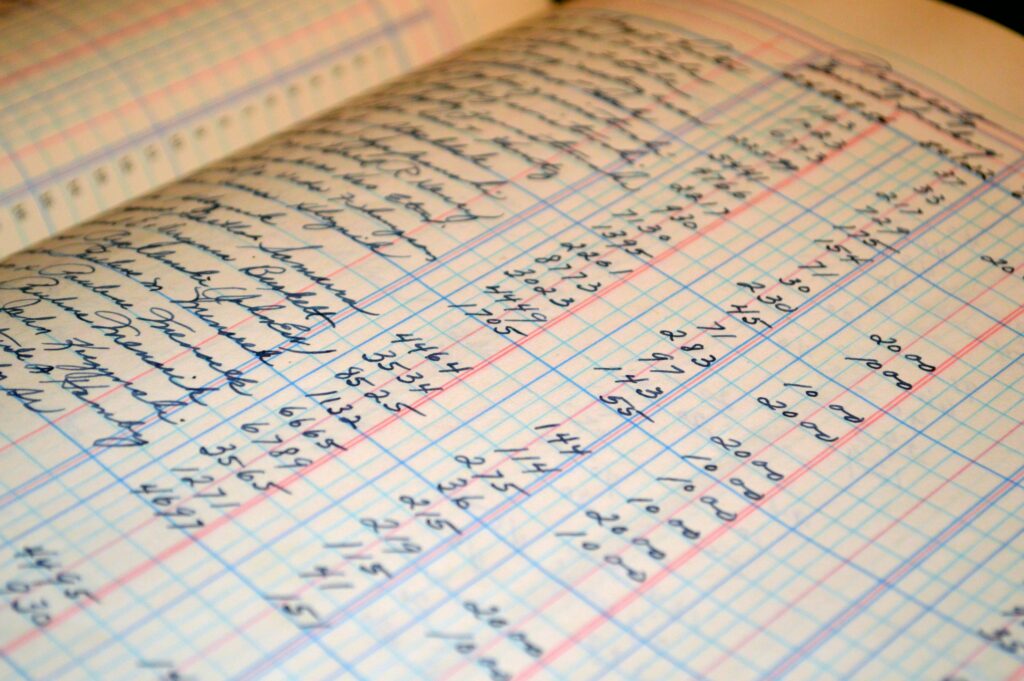
Introduction
You do not need dozens of reports. You need a small set that helps you decide what to do next. With a few reports and a short cash flow forecast, you can plan, grow, and avoid surprises.
The three core reports
- Profit and Loss
Shows income and expenses for a period. Use it to track gross margin, compare months, and find costs to reduce. - Balance Sheet
Shows what you own and what you owe on a date. Use it to monitor cash, receivables, payables, loans, and inventory. - Cash Flow Statement
Shows how cash moves in and out. Use it to see if profit is turning into cash and to plan for taxes, payroll, and purchases.
Build a simple 13 week cash flow forecast
- Step 1. Starting cash
Use today’s bank balance. - Step 2. Expected inflows
Add weekly sales you expect to collect and customer payments that are due. - Step 3. Expected outflows
List payroll, rent, loan payments, inventory, taxes, and other known bills.
Update the forecast every week. If cash looks tight, adjust plans before there is a problem. Delay a purchase, start a promo, or collect receivables sooner.
Pick a few KPIs and review monthly
- COGS percent
- Labor percent
- Average ticket or revenue per job
- Customer frequency or utilization
- Net profit margin
Examples by business type
- Food and QSR
If COGS is high, audit waste, portioning, and vendor pricing. Add a short weekly inventory count. - Franchise operator
Compare store level Profit and Loss reports. Shift labor or promotions to match demand. - Handyman and services
Track revenue per job and materials markup. Improve scheduling to raise billable hours per week.
Make reports useful with a simple loop
- Review the three reports
- Update the 13 week forecast
- Choose one or two actions for the next month
- Measure results next month
Call to action
Want reports that are clear and a forecast you can update in minutes? Book a free consultation with TrueBooksNow. We set it up and show you how to use it.

